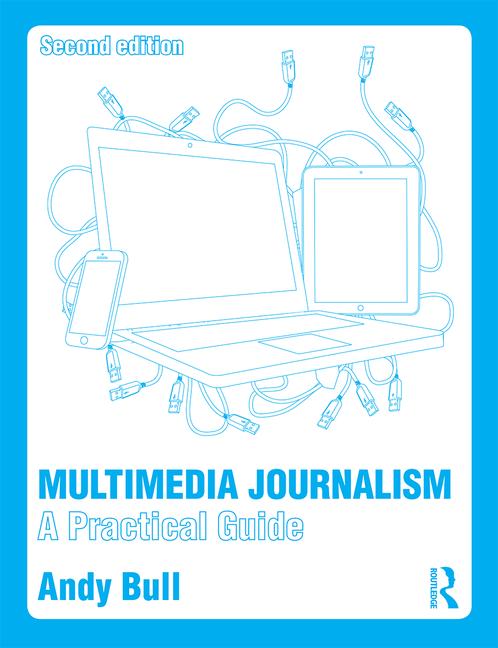Dan Baum has won a lot of follows on Twitter for his posts on how he lost his job at the New Yorker, a tale told in 140-character chunks.
Just as interesting is his blog post about article pitches that worked in his previous incarnation as a freelance. You'll find a range of pitches for a number of magazines.
As Dan himself says, "They are not the last word on how to write proposals; all we know is that these worked."
My observation is that they all contain a great deal of detail, so the commissioning editor can see how the story would pan out, and also show a great deal of knowledge of - and enthusaism for - the subject. In some cases, they read like a pretty solid first draft of the finished piece.
When I've been in a commisisoning role, this is what I was always looking for. You have to believe in the story and the writer, because you are going to have to sell their pitch to your editor, and take the blame if it doesn't work out.
That doesn't mean, of course, that every comprehensive, passionate pitch is going to succeed -- there are plenty of reasons an editor won't find a story is right for them.
What they are thinking is: Why this, why now, and why you as the writer?
On a busy publication the commissioner's default mode is rejection. You have so many pitches to consider that you are looking for easy reasons not to accept them, rather than reasons you should take a chance on them.
So, whatever else might be wrong with your idea, make sure that the pitch itself is as good as it can be -- don't give the commissioner the chance they are looking for to bin it.


